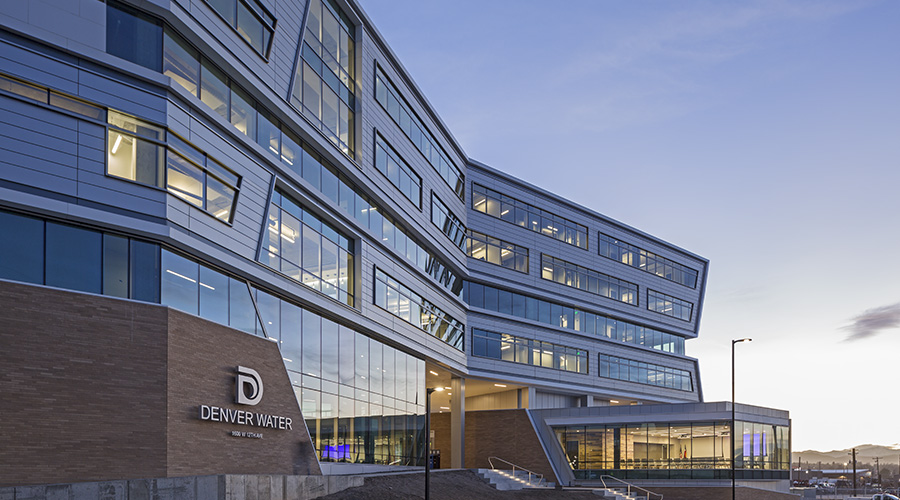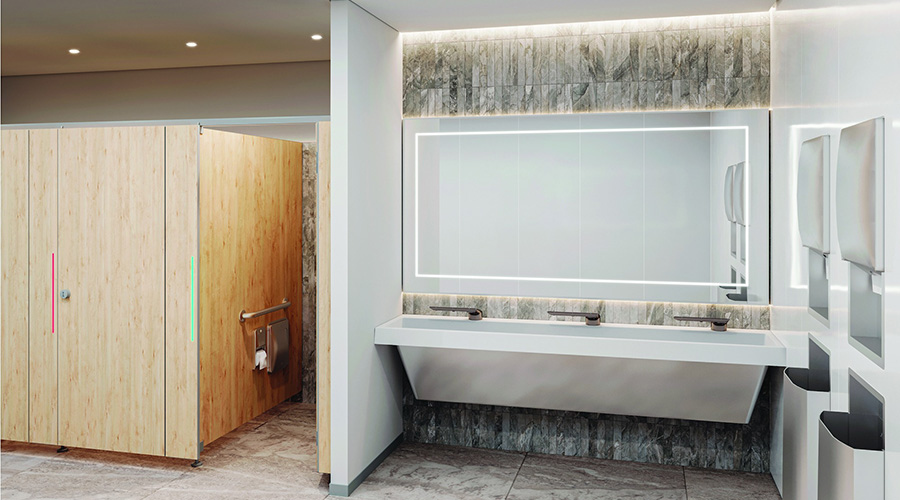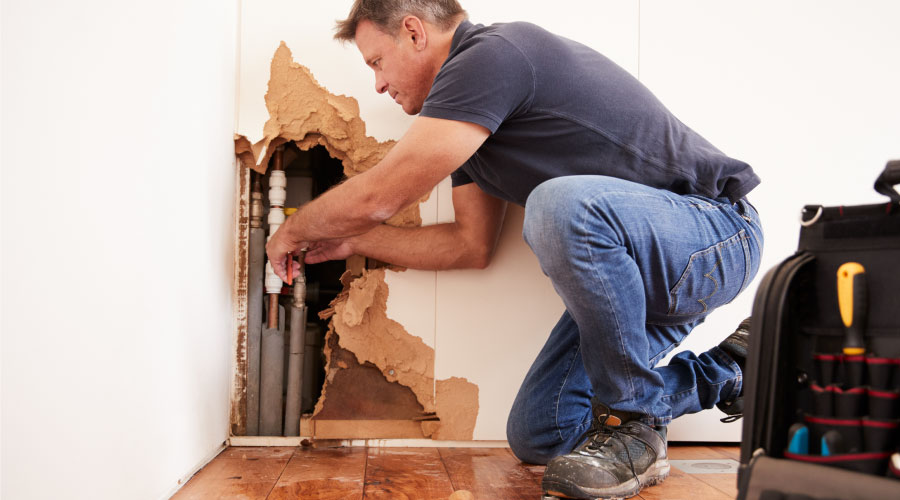Understand Maintenance Requirements for Restroom Components
Plumbing components generally are low-maintenance items, but they are not maintenance-free.
If managers expect investments in water-saving devices to perform as intended over the life of the product, they must ensure that technicians inspect and maintain the products regularly. This process confirms that they fully shut off when not being used. Even a small leak in a water closet can waste up to 30 gallons of water per day.
Even touchless fixtures require periodic battery replacement, and technicians need to test them to ensure they are delivering the proper quantity of water and that they fully stop the flow of water when off.
By using the information developed by the water audit, managers can develop a schedule for the inspection and testing of all water-using devices. One size will not fit all, so it is essential to develop the inspection and testing schedule based on level of use.
Technicians need to conduct regular inspections of all water-using spaces, including mechanical rooms, for plumbing leaks. Some leaks will be obvious, but others might be hidden inside equipment or in unoccupied spaces. The WaterSense program estimates that on average, 6 percent of a facility’s water use is the direct result of leaks. And the cost of a leak is more than just the lost water. Leaks cause damage to equipment, building finishes and structures.
One of the most important tools managers have in a water-conservation program is metering. Most facilities have only a master water meter, but meters can provide valuable information to managers if used properly. While water companies may read the meter only once a month or once every three months, managers striving to conserve water should have technicians read the meter at least once a week. Technicians then can compare the readings to previous readings to detect unexpected changes in levels of water use.
Reading the master meter can only go so far. It might identify when a problem occurs, but it will not reveal the location. What managers really need is a network of submeters located on strategic water lines in the facility to help uncover the location of developing problems. For submeters to be effective, technicians must read them regularly and compare the results to previous readings. If the facility has a building automation system, technicians can read those meters automatically and set limits to flag unexpected water use.
Managers must be certain to include the maintenance staff and building occupants in the water-conservation program. Water conservation is a group effort. Occupants, maintenance staff and housekeeping personnel all play an important role in minimizing water use. These people are in the restrooms every day using the fixtures and monitoring the conditions, so managers must involve them in any water-conservation effort.
Everyone involved needs to know how to report a malfunctioning device or a water leak. Managers must have a system in place to handle these reports in a timely and efficient manner. And occupants and staff should receive periodic reminders. Program success depends on more than installing devices. It requires participation by everyone in the facility.
Related Topics:














